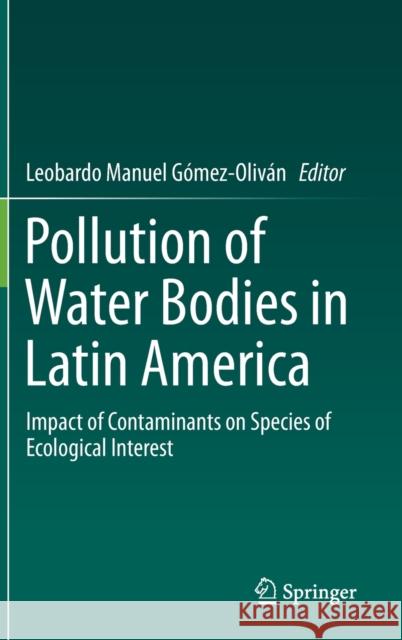Pollution of Water Bodies in Latin America: Impact of Contaminants on Species of Ecological Interest » książka
topmenu
Pollution of Water Bodies in Latin America: Impact of Contaminants on Species of Ecological Interest
ISBN-13: 9783030272951 / Angielski / Twarda / 2019 / 366 str.
Pollution of Water Bodies in Latin America: Impact of Contaminants on Species of Ecological Interest
ISBN-13: 9783030272951 / Angielski / Twarda / 2019 / 366 str.
cena 401,58
(netto: 382,46 VAT: 5%)
Najniższa cena z 30 dni: 385,52
(netto: 382,46 VAT: 5%)
Najniższa cena z 30 dni: 385,52
Termin realizacji zamówienia:
ok. 22 dni roboczych
Dostawa w 2026 r.
ok. 22 dni roboczych
Dostawa w 2026 r.
Darmowa dostawa!
Kategorie:
Kategorie BISAC:
Wydawca:
Springer
Język:
Angielski
ISBN-13:
9783030272951
Rok wydania:
2019
Wydanie:
2019
Ilość stron:
366
Waga:
0.70 kg
Wymiary:
23.39 x 15.6 x 2.24
Oprawa:
Twarda
Wolumenów:
01
Dodatkowe informacje:
Wydanie ilustrowane











